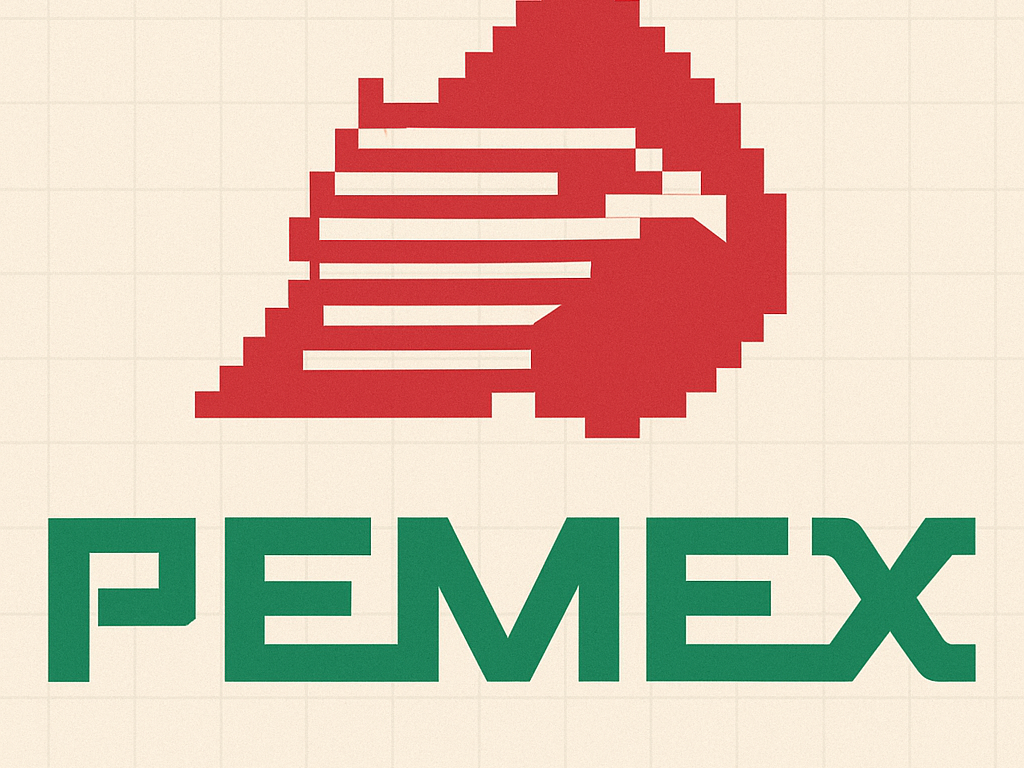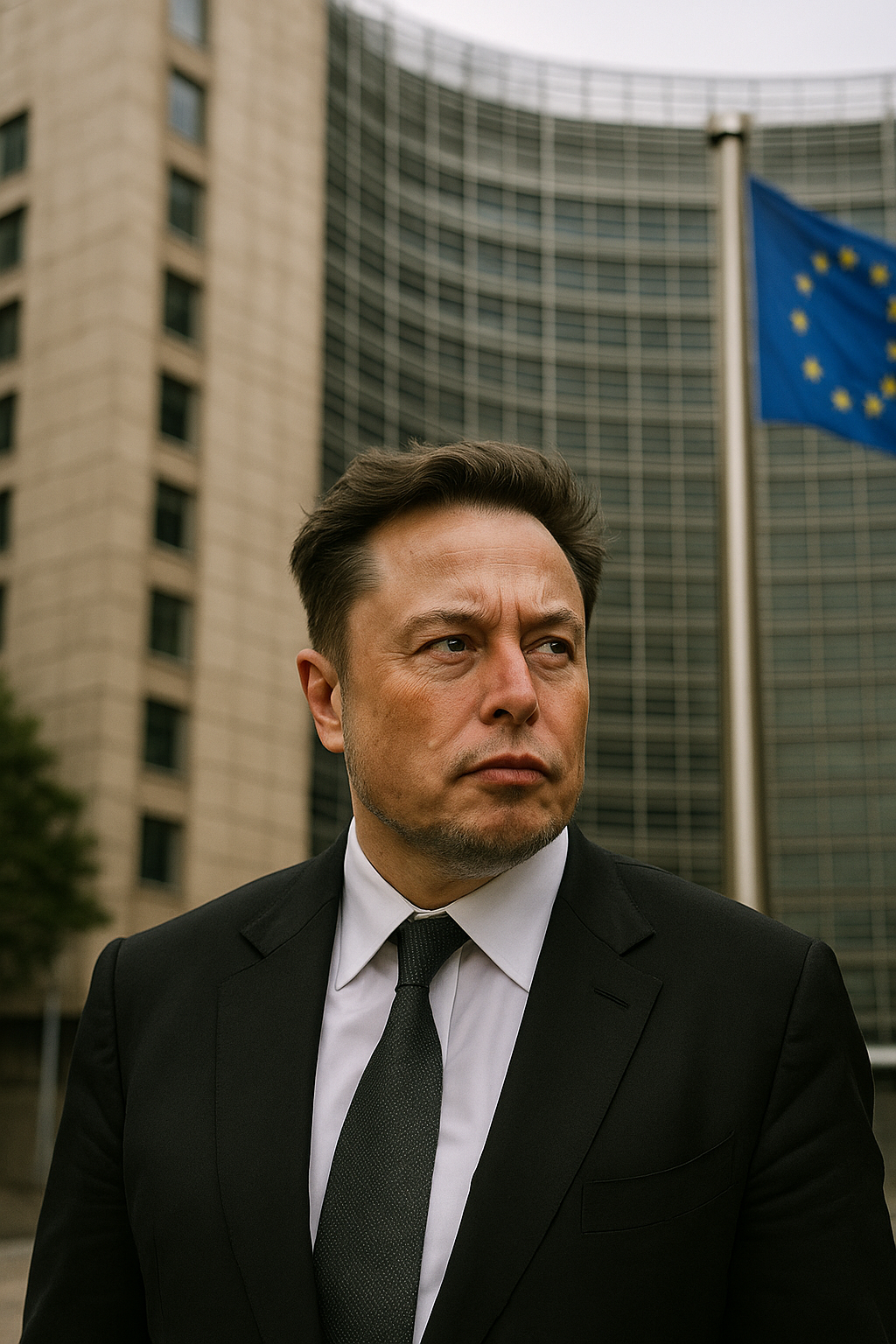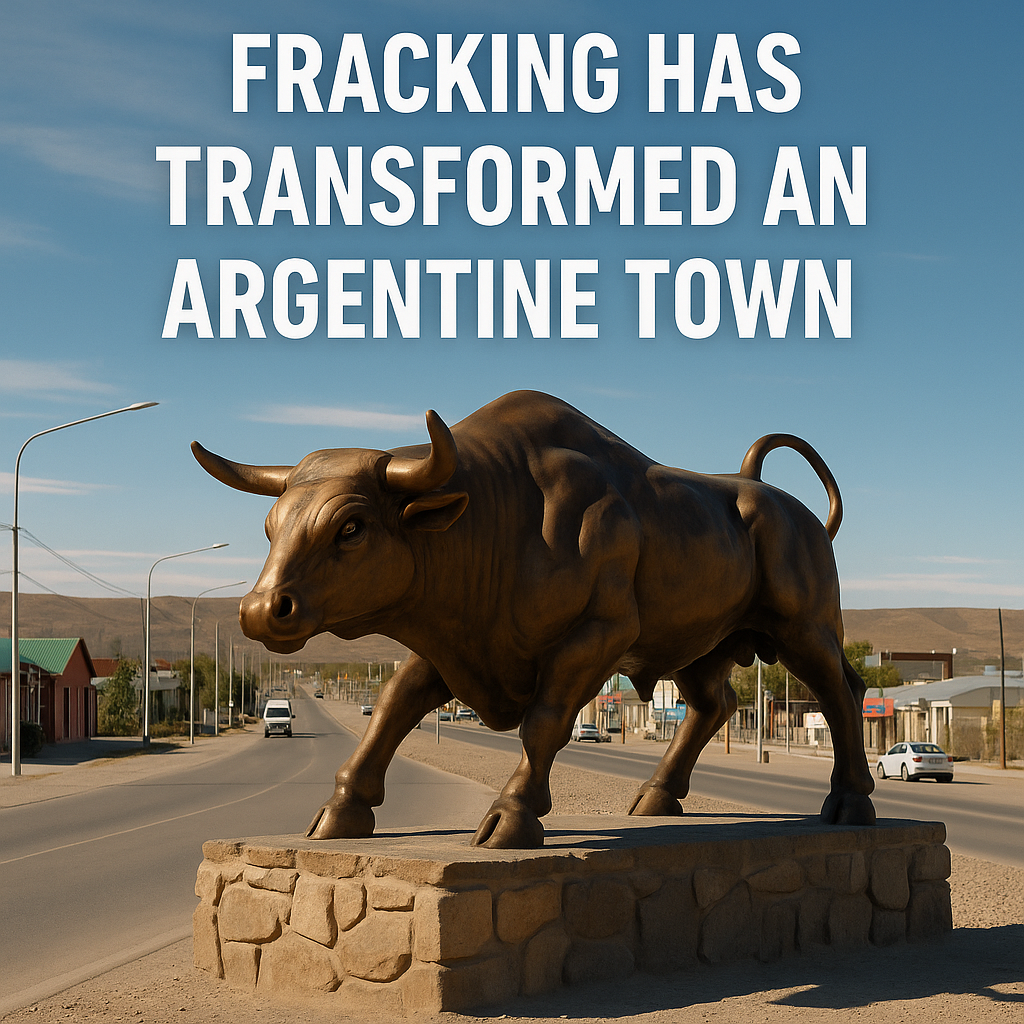Key Highlights
- Pemex debt to fall from $99B to $77.3B by 2030
- $13 billion investment vehicle announced for 2025 projects
- 450,000 bpd production boost through mixed contracts
- Crude oil exports to drop to 393,100 bpd by 2035
- Focus on local refining capacity and energy independence
Introduction
In a bold move to stabilize the country’s energy sector, the Mexican government has unveiled a sweeping 10-year plan aimed at reducing the massive debt of Petroleos Mexicanos (Pemex), boosting investment, and increasing oil production. The strategy signals a pivotal shift toward making Pemex financially self-sufficient by 2027, while strengthening Mexico’s energy sovereignty.
Pemex Strategic Role in Mexico’s Energy Sector

Pemex is the national oil company in Mexico. It plays a big role in the country’s oil production. This is important for making Mexico energy independent. The oil that Pemex gets helps supply the domestic market. It also brings in a lot of money for the federal government.
But Pemex has more debt now than before. This is a big worry. The debt makes it hard for the Mexican government to spend money on public needs or help with social programs.
The federal government is very involved with Pemex. This shows how much the oil company means to the whole economy. Fixing Pemex’s money problems is important. Problems with Pemex can go on to affect the entire country.
Government Backs Pemex with $13B Investment Plan
President Claudia Sheinbaum, joined by top energy and finance officials, confirmed on Tuesday that Pemex will no longer rely on government funding by 2027. To support this transition, the government is backing a new investment vehicle to raise 250 billion pesos ($13B) for Pemex projects in 2025.
This comes on the heels of a $12 billion debt offering intended to relieve short-term financial pressure and fund strategic debt refinancing.
Pemex 10-Year Plan Targets Debt Reduction, Production Growth
Pemex, currently burdened with approximately $99 billion in financial debt and $23 billion in provider liabilities, aims to slash its debt to $77.3 billion by 2030.
The plan includes:
- Capital injections and debt refinancing strategies
- A focus on mixed contracts to add 450,000 barrels per day (bpd) to production
- Reduction of crude exports, from 487,900 bpd in 2026 to 393,100 bpd in 2035
- Boosting domestic refining, including at the Olmeca refinery in Dos Bocas, with a goal of processing 1.3 million bpd locally
Pemex’s Fiscal Solvency Roadmap to 2027

ccording to Finance Minister Edgar Amador Zamora, Pemex’s debt will be reduced to $88.8 billion by the end of 2025 as part of the ongoing financing strategy. The goal is to transform Pemex into a profitable and independent entity that supports national development without relying on federal support.
CEO Victor Rodriguez outlined development plans for key oil fields, including Zama and Trion, and announced the construction of three new pipelines to support infrastructure growth and energy distribution.
Strategic Shift: Less Export, More Refining for Pemex

The new approach represents a strategic pivot away from crude exports toward domestic energy production. With increased refining capacity and decreased import dependency, Mexico seeks to strengthen its energy security and reduce exposure to volatile global oil markets.
Why This Matters for Global Energy Markets
Pemex is not just Mexico’s largest state-owned enterprise—it’s a critical player in global oil supply. As Pemex reorganizes its finances and production capabilities, analysts will be closely watching the impact on crude oil prices, supply chains, and investment opportunities in Latin America’s energy sector.
With a clear roadmap, strong government backing, and a renewed focus on self-sufficiency, Pemex’s transformation could redefine Mexico’s role in global energy markets.Shifts in Pemex’s Investment and Production Strategy




